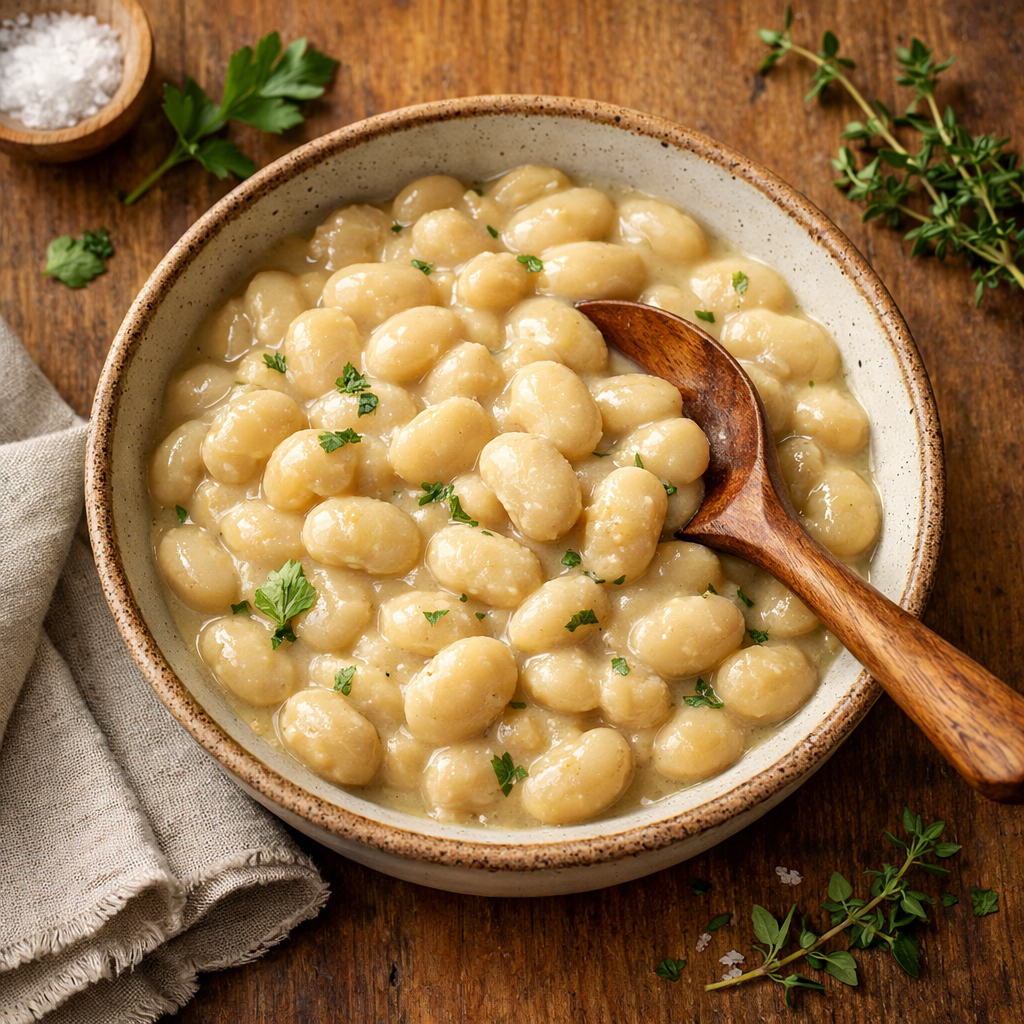I have mentioned in my past articles that beans and legumes have become staples in my pantry since I learned about their health benefits. I’ve even convinced my family to start loving these little gems. Cannellini beans are the ones I always make sure to keep in stock. However, there are times when, in the middle of cooking, I realize I’ve run out of them. That’s when I start looking for the best substitution for cannellini beans to keep my recipe just as delicious.
You’re halfway through preparing your grandmother’s classic Italian minestrone soup when you realize your supply of cannellini beans is gone. The stores are closed, guests are arriving in two hours, and panic begins to set in. I’ve encountered this situation a few times, and it can be frustrating. Fortunately, after much testing and experience, I’ve learned that finding an effective substitution for cannellini beans is simpler than it seems—and it won’t compromise the quality of your dish.

Why You Might Need a Substitution for Cannellini Beans
Let me share something that might surprise you: even professional chefs regularly substitute ingredients based on availability, cost, and flavor preferences. After testing numerous bean alternatives in my kitchen, I’ve learned that the key to successful substitution isn’t just about finding any white bean – it’s about understanding what makes cannellini beans special and matching those characteristics.
Availability challenges are probably the most common reason I reach for alternatives. I’ve noticed that cannellini beans aren’t always readily available in local supermarkets, especially in smaller towns. When they are available, they’re often significantly more expensive than other bean varieties..
Dietary restrictions also play a role. Some family members have specific texture preferences, while others prefer beans with different nutritional profiles. I’ve also discovered that certain dishes actually taste better with specific bean varieties that complement the other ingredients more harmoniously.
Budget considerations matter too. During my early cooking days, I realized that mastering bean substitutions could help me create restaurant-quality meals without the premium price tag. This knowledge has saved me countless grocery trips and helped me become a more resourceful cook.
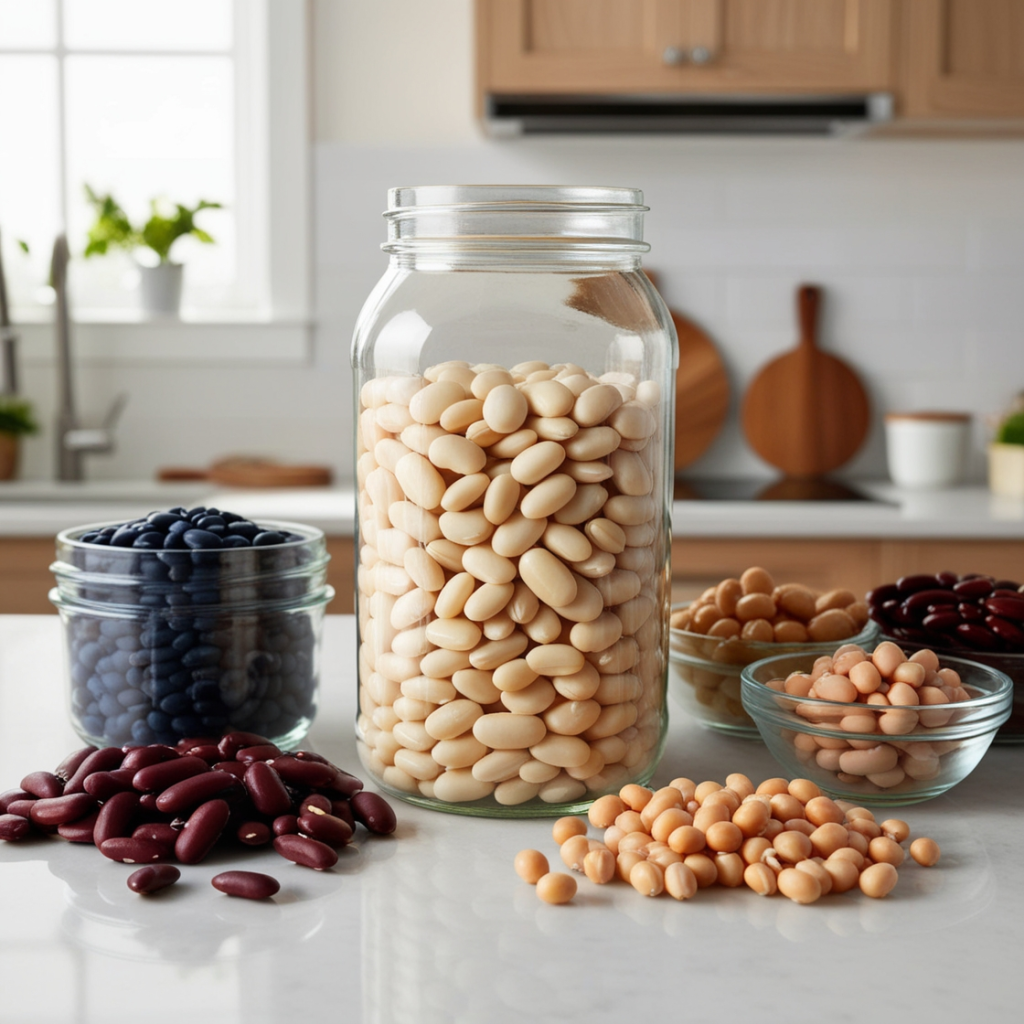
Quick Reference Guide: Best Cannellini Bean Alternatives
Through extensive testing in my kitchen, I’ve created this comparison chart based on texture, flavor compatibility, and cooking performance:
| Bean Type | Texture Match | Flavor Profile | Best Use Cases | Conversion Ratio |
Great Northern | 95% match | Mild, slightly nutty | Soups, stews, salads | 1:1 |
| Navy Beans | 90% match | Neutral, creamy | Baked dishes, purees | 1:1 |
| Lima Beans | 85% match | Buttery, rich | Hearty stews, casseroles | 1:1 |
| Kidney Beans | 80% match | Slightly sweet | Chili, robust dishes | 1:1 |
| Pinto Beans | 80% match | Earthy, mild | Mexican dishes, dips | 1:1 |
| Chickpeas | 75% match | Nutty, firm | Salads, Mediterranean | 1:1 |
| Black-eyed Peas | 70% match | Distinctive, hearty | Southern cuisine, stews | 1:1 |
Understanding Cannellini Beans: What Makes Them Special

Before diving into alternatives, let me explain why cannellini beans have earned their place as a kitchen staple. These Italian white kidney beans possess a unique combination of creamy texture and mild, nutty flavor that makes them incredibly versatile. When I first started cooking with them, I was amazed by their ability to absorb surrounding flavors while maintaining their shape and providing a satisfying, substantial bite.
Nutritionally speaking, cannellini beans pack an impressive punch. Each cup provides approximately 15 grams of protein, 11 grams of fiber, and essential minerals like iron, magnesium, and potassium. They’re also naturally low in fat and sodium, making them perfect for health-conscious cooking. This nutritional profile is something I always consider when selecting substitutes.
In Italian cuisine, these beans are fundamental to dishes like ribollita, pasta e fagioli, and countless rustic soups. Their ability to complement strong flavors like garlic, rosemary, and tomatoes while adding substance to lighter dishes like salads makes them indispensable in Mediterranean cooking.
Top 7 Substitution for Cannellini Beans Options
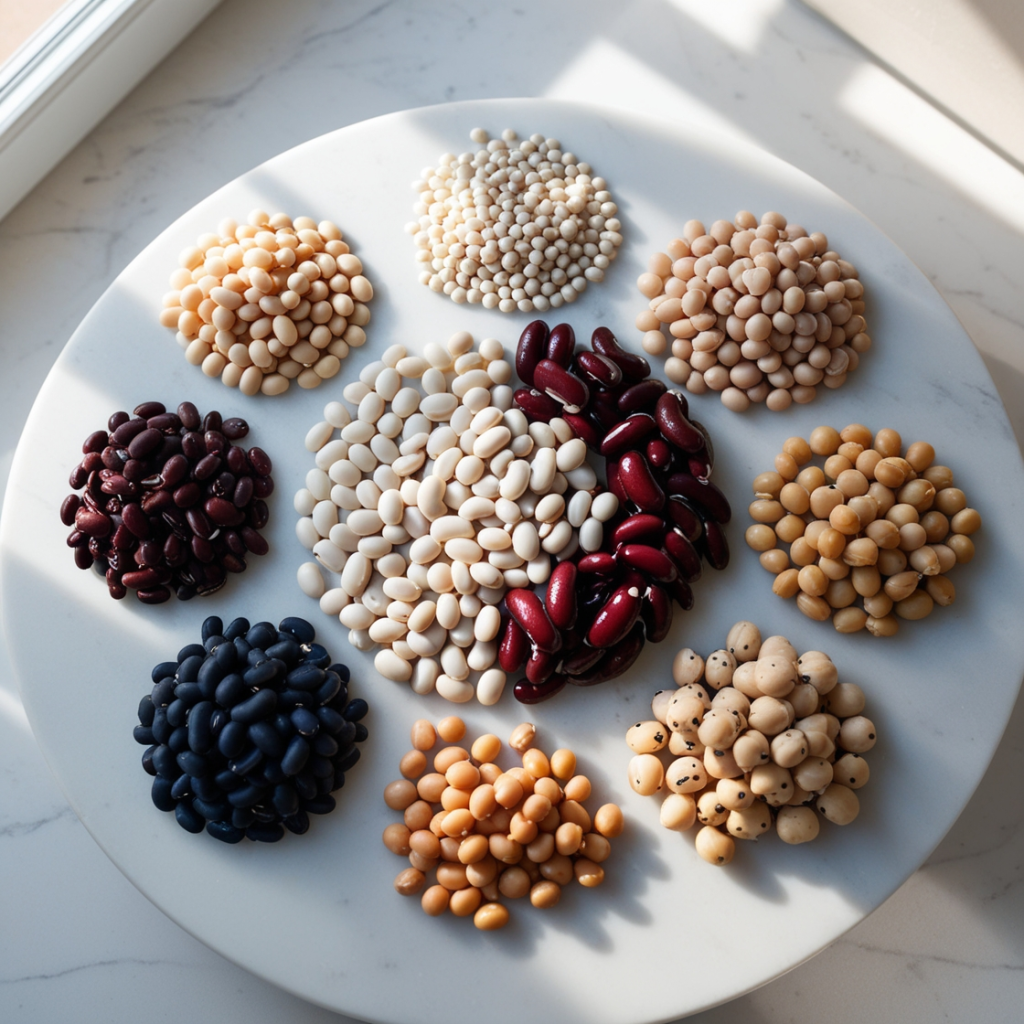
1. Great Northern Beans: The Perfect Match
After testing numerous alternatives, I consistently rank Great Northern beans as the closest substitution for cannellini beans. These medium-sized white beans share remarkably similar characteristics – they’re mild, creamy, and hold their shape beautifully during cooking.
What I love about them: The texture is nearly identical to cannellini beans, making them perfect for recipes where appearance matters. When I served my family minestrone soup using Great Northern beans instead of cannellini, nobody noticed the difference!
Best applications: Soups, stews, salads, and Mediterranean dishes
Cooking tip: They require about 45-60 minutes of simmering after soaking, similar to cannellini beans
Availability: Widely available in most grocery stores and typically more affordable than cannellini beans
2. Navy Beans: The Reliable Backup
Navy beans, also known as Boston beans, have become my go-to alternative when Great Northern beans aren’t available. They’re smaller than cannellini beans but offer exceptional creaminess when cooked properly.
Personal experience: I discovered their potential when making a white bean hummus. The result was incredibly smooth and flavorful, even better than some cannellini-based versions I’d tried.
Ideal uses: Baked bean dishes, purees, dips, and soups where beans will be partially mashed
Preparation note: They cook faster than cannellini beans (30-45 minutes), so watch them carefully
Budget-friendly bonus: Usually the most economical option available
3. Lima Beans (Butter Beans): The Creamy Alternative
Lima beans bring a distinctly buttery flavor and larger size to dishes. While they’re different from cannellini beans, they can create wonderfully rich and satisfying meals.
When I use them: Perfect for hearty winter stews and casseroles where their substantial size and creamy texture can shine. I particularly love them in Mediterranean-style braises with tomatoes and herbs.
Texture profile: Creamier and more tender than cannellini beans
Best matches: Slow-cooked dishes, stews, and recipes with robust flavors
Cooking consideration: They break down more easily, so add them later in cooking process
4. Kidney Beans: The Bold Choice
While kidney beans are darker and have a more pronounced flavor, they work surprisingly well in many cannellini bean recipes, especially when color isn’t a primary concern.
My testing results: In a recent chili experiment, I used kidney beans instead of cannellini beans and was pleasantly surprised by the depth of flavor they added. The slight sweetness complemented the spices beautifully.
Best applications: Chili, curry, robust soups, and Mexican-inspired dishes
Flavor impact: More assertive than cannellini beans, so adjust seasonings accordingly
Nutritional benefit: Higher in antioxidants due to their darker color
5. Pinto Beans: The Versatile Option
Pinto beans have earned a permanent place in my pantry due to their incredible versatility and ability to adapt to various cooking styles.
Unique qualities: They become creamy when mashed but hold their shape when cooked whole
Perfect for: Mexican dishes, refried beans, hearty soups, and Southwestern cuisine
Cooking tip: They develop a beautiful pink color when cooked and have an earthier flavor than cannellini beans

6. Chickpeas: The Firm Alternative
Chickpeas offer a completely different texture experience – firmer and nuttier than cannellini beans, but equally nutritious and satisfying.
When I choose chickpeas: Salads, Mediterranean dishes, and recipes where I want beans to maintain their shape under robust handling or longer cooking times.
Texture advantage: They hold up exceptionally well in dishes with acidic ingredients like tomatoes or lemon juice
Nutritional edge: Higher in protein and fiber than most other alternatives
7. Black-eyed Peas: The Southern Comfort Choice
While traditionally associated with Southern cuisine, black-eyed peas can work wonderfully in place of cannellini beans in the right recipes.
Distinctive characteristics: They have a slightly firmer texture and more pronounced flavor
Best suited for: Hearty stews, grain bowls, and dishes with bold seasonings
Recipe-Specific Substitution for Cannellini Beans Recommendations
For Italian Soups and Stews
When making minestrone, ribollita, or pasta e fagioli, I always reach for Great Northern beans first. Their mild flavor won’t compete with the delicate balance of vegetables and herbs that make these dishes special. If unavailable, navy beans work beautifully as a second choice.
Pro tip: Add the beans during the last 15-20 minutes of cooking to prevent them from becoming mushy.
For Salads and Cold Dishes
Chickpeas reign supreme in cold applications. Their firm texture provides excellent contrast to soft vegetables, and they absorb dressings wonderfully without falling apart. I’ve used them successfully in Tuscan white bean salads with stunning results.
For Dips and Spreads
Navy beans create the smoothest, creamiest dips. When making white bean hummus or spreads, their small size and creamy texture when blended make them superior to larger alternatives.
For Hearty Winter Dishes
Lima beans excel in slow-cooked braises and stews. Their substantial size and buttery flavor create satisfying, warming meals perfect for cold weather.
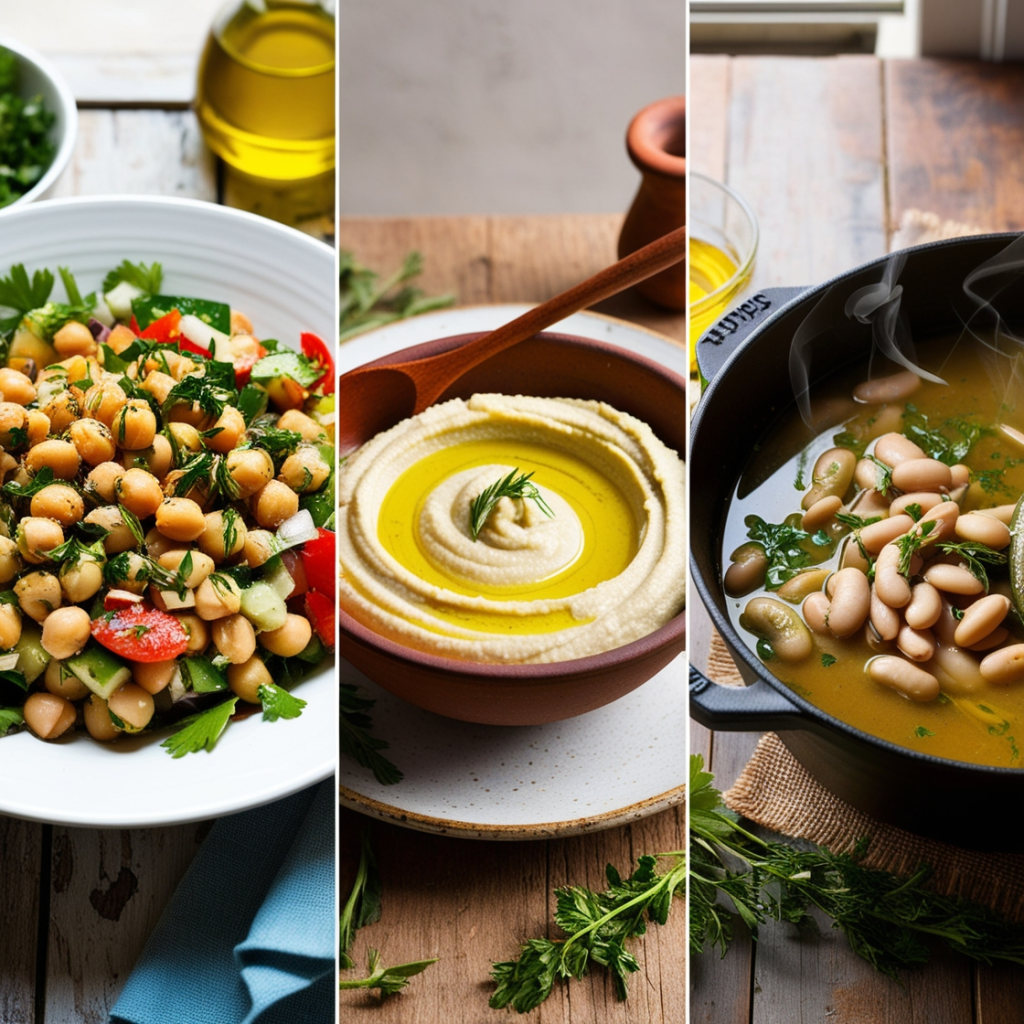
Preparation Tips and Cooking Techniques
Soaking Guidelines
Most substitutes for cannellini beans options benefit from overnight soaking. Here’s my tried-and-tested approach:
Standard method: Cover beans with 3 inches of cold water and soak 8-12 hours
Quick method: Bring beans and water to a boil for 2 minutes, remove from heat, cover, and let stand 1 hour
Salt timing: Never add salt during soaking – it prevents proper hydration
Cooking Time Adjustments
Different beans require different cooking times. Here’s what I’ve learned through experience:
- Navy beans: 30-45 minutes
- Great Northern beans: 45-60 minutes
- Lima beans: 60-90 minutes
- Kidney beans: 60-75 minutes
- Pinto beans: 60-75 minutes
- Chickpeas: 90-120 minutes
- Black-eyed peas: 45-60 minutes
Flavor Enhancement Techniques
To make any substitution for cannellini beans taste even better, I always cook them with aromatics:
Basic flavor base: Bay leaves, garlic cloves, and a piece of onion during cooking
Italian style: Add fresh rosemary, sage, or thyme
Mediterranean approach: Include lemon zest and olive oil during the last few minutes
🍲 Want to make your bean dishes taste even better?
Cooking your beans in a high-quality Dutch oven makes a huge difference in texture and flavor. This Le Creuset model is one of my favorite kitchen investments—it heats evenly, retains moisture, and makes every stew, soup, and braise incredibly flavorful.

Le Creuset Enameled Cast Iron Signature Round Dutch Oven, 5.5 qt., Cerise
- Enameled cast iron delivers superior heat distribution and retention
- Ready to use, requires no seasoning
- Easy-to-clean and durable enamel resists dulling, staining, chipping and cracking
- Light colored smooth interior enamel allows easy monitoring of cooking progress
Troubleshooting Common Substitution Issues

Problem: Beans Breaking Apart
Solution: This usually happens with lima beans or older beans. Reduce cooking time and add them later in the recipe.
Problem: Bland Flavor
Solution: Beans need seasoning! Cook them in flavored broth instead of water, and season the cooking liquid with salt during the last 10 minutes of cooking.
Problem: Wrong Texture
Solution: If beans are too dense, they weren’t soaked long enough. If too mushy, they were overcooked. Practice makes perfect!
Nutritional Comparison and Health Benefits
While all bean varieties offer excellent nutrition, there are subtle differences worth noting:
Protein content remains relatively consistent across all alternatives, ranging from 12-16 grams per cup.
Fiber content varies more significantly, with chickpeas leading at 12 grams per cup, followed by kidney beans at 11 grams.
Mineral content differs based on color and variety. Darker beans like kidney beans provide more antioxidants, while lighter beans offer more readily available iron and magnesium.
Storage and Meal Prep Tips
Dried beans store indefinitely in airtight containers, making them perfect pantry staples. I always buy in bulk during sales and store different varieties in labeled glass jars.
🫙 Turn your pantry into a thing of beauty.
I used to store beans in random bags until I discovered these gorgeous glass containers with bamboo lids. Now my shelves look so organized, and I can see exactly which beans I have on hand. This VIEWELLD 5-piece set is airtight, stackable, and ideal for showcasing Great Northern, navy, chickpeas, or any of your go-to bean swaps!

Food Storage Containers with Airtight Bamboo Lids Set of 5, Glass Canisters with Airtight Lids
- The airtight canisters set is made of food-grade high borosilicate glass, lead-free, non-toxic.
- Perfect to store food like spaghetti/flour/sugar/ beans/ cereal/ grains/ pasta/ nuts/ candies, bathroom and vanity items like cosmetic pads, cotton balls, or other household items.
- Each glass jar is sealed around the wooden lid with a comprehensive silicone sealing ring, creating a moisture-proof environment that keeps your dry food clean and fresh.
- Thanks to the clear high borosilicate glass, you’ll always know how much is left and how the preserved food is progressing without removing the lid.
Cooked beans can be refrigerated for up to 5 days or frozen for up to 6 months. I often cook large batches on weekends and portion them for easy weeknight meals.
Meal prep strategy: Cook 2-3 different bean varieties at once and store separately. This gives you flexibility to choose the perfect substitution for cannellini beans based on your weekly menu.
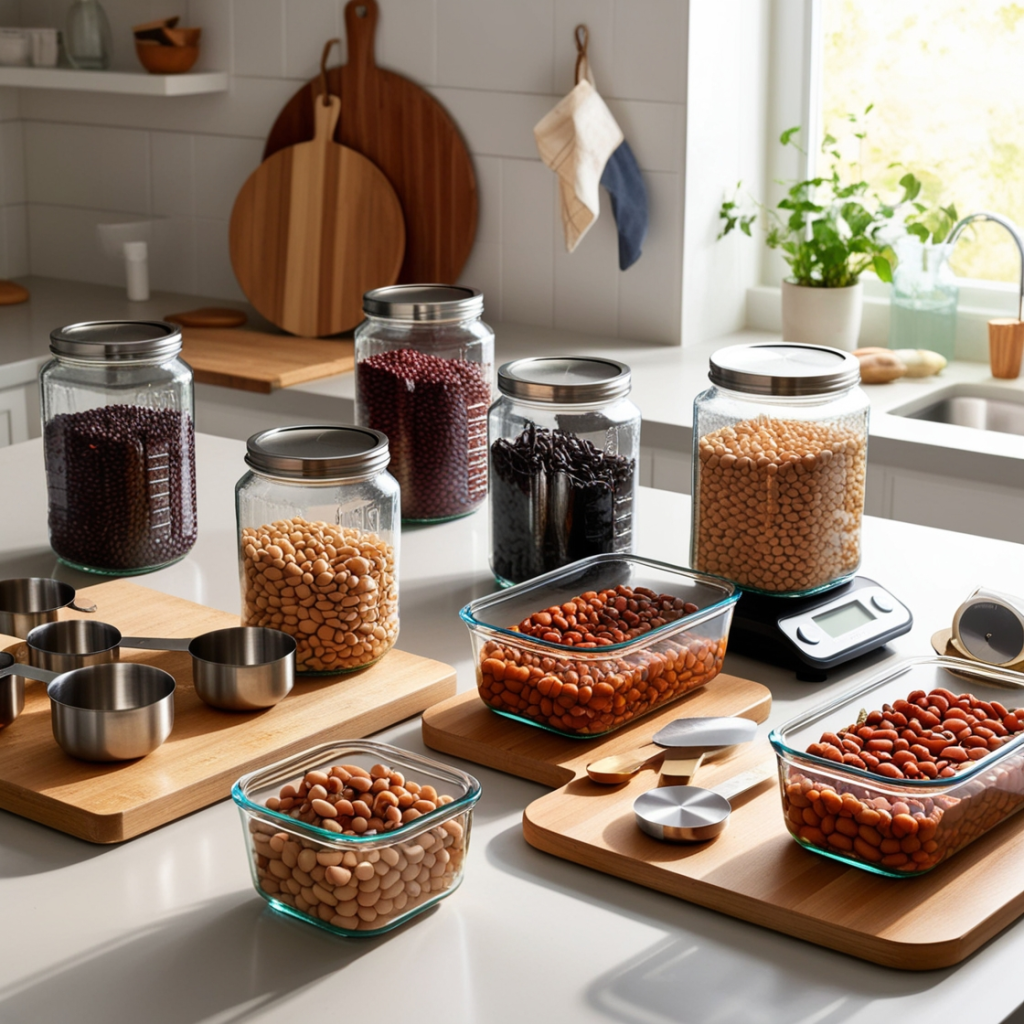
Common Questions About Bean Substitutions
Can I substitute canned beans for dried beans? Absolutely! Use a 1:1 ratio, but add canned beans during the last few minutes of cooking since they’re already tender. This saves significant time while maintaining flavor integrity.
Which substitute works best for purees and smooth textures? Navy beans create the smoothest, most velvety texture, followed closely by Great Northern beans.
💡 Transform beans into creamy magic.
Whether I’m whipping up white bean hummus or blending soups until they’re velvety smooth, my Vitamix has never let me down. The Vitamix Propel 750 is powerful, sleek, and super easy to clean—perfect for creating restaurant-quality dips from navy, Great Northern, or even pinto beans. It’s one of my favorite tools for plant-based cooking.

Vitamix Ascent X5 Blender, Professional-Grade, 10 Preset Blending Programs, 48-ounce Container, Self-Cleaning, Brushed Stainless
- 10-Year Full Warranty: Blend your favorite drinks, snacks, and meals for years to come.
- Blending Programs: 10 blending programs ensure convenience and consistent results.
- Self-Cleaning Program: The Self-Cleaning program is standard on all Ascent X Series models. Just add warm water and a drop of dish soap.
- 48-Ounce Container: Our most flexible container size excels at low-volume and midsize blends (1–4 servings).
I avoid using kidney or pinto beans for smooth purees as they tend to remain slightly grainy even when well-blended.
Are these bean alternatives suitable for people with diabetes? Yes! All beans have a low glycemic index and help regulate blood sugar levels effectively. Chickpeas and black beans are particularly beneficial due to their higher fiber content and slower digestion rate.
How can I prevent digestive discomfort when eating beans? Through years of bean cooking, I’ve learned that thorough soaking, discarding the soaking water, and cooking with digestive spices like cumin, fennel, or ginger makes a huge difference. I also recommend gradually increasing bean consumption to allow your digestive system to adjust naturally.
Can I use these substitutes in baking recipes? Absolutely! Navy beans and Great Northern beans work excellently in baked goods as healthy fat replacers, creating incredibly moist, nutrient-dense treats. I’ve successfully used them in whole grain muffins, oat-based bars, and even plant-based energy bites with outstanding results.

Confidence Through Bean Versatility
Learning to master substitution for cannellini beans has transformed me from a rigid recipe-follower into a confident, adaptive cook. Each alternative brings unique characteristics that can actually improve your dishes when used thoughtfully.
The key is understanding that cooking is about understanding ingredients, not just following recipes blindly. Whether you’re dealing with availability issues, budget constraints, or simply wanting to experiment with new flavors, having a repertoire of bean alternatives makes you a more versatile and confident cook.
Start with Great Northern beans if you want the closest match to cannellini beans, then gradually experiment with other varieties as you become more comfortable with their unique characteristics. Your taste buds – and your wallet – will thank you for the adventure!
If you enjoyed learning about these healthy bean alternatives, I’d love to have you join my Facebook community where I share more nutritious recipes, cooking tips, and plant-based meal ideas. It’s a wonderful space for home cooks to connect, share experiences, and discover new ways to make wholesome eating delicious and accessible.
Remember, the best substitution for cannellini beans is the one that’s available in your pantry when inspiration strikes. Happy cooking!

*We may earn a commission for purchases made using our links. Please see our disclosure to learn more.



